Circa 1825.
Black chalk pencil and brown ink on paper.
H: 25.3 ; W: 19.2 cm.
This preparatory drawing shows a number of variations from the final canvas exhibited at the Musée des Beaux-Arts d'Angers, testifying to the artist's creative process and the thought that went into each detail.
A pupil of Jacques-Louis David and married to one of his closest friends, Angélique Mongez turned to monumental, complex history painting from the outset. At her first Salon entry in 1802, Mongez challenged the male privilege of monumental history painting with a large-format Astyanax torn from his mother. Adopting the style of her master Jacques-Louis David, she also tackled the most "masculine" themes in history painting. From 1802 until the end of her public career in 1827, she systematically presented a very large-scale mythological history painting at every exhibition.
Her works quickly acquired the reputation of "illustrating a man's brush". Admiring the success of his former pupil, Jacques-Louis David saw in her a worthy heir to his art, and did not hesitate to promote her to illustrious collectors, including Russian Prince Nicolaj Youssoupov.
The ultimate masterpiece of an extraordinary career, Les Sept chefs devant Thèbes (oil on canvas; 1826; H: 3.23, L: 4.25 m.; Angers, Musée des Beaux-Arts), presented at the Salon of 1827, is the artist's most ambitious work. The martial subject is a pretext for the depiction of two male nudes, one from the front and the other from behind. She adopts the attitude of Romulus from the back in David's Sabines.
As a woman, Mongez nevertheless prides herself on a certain modesty in her work, but preserves the nudity of her representations entirely. On the occasion of the 1814 Salon, the Journal de Paris highlighted the artist's care in "rounding off, embellishing, and offering to our gaze in their entirety, certain forms that the valiant Perseus would surely not show to the enemy". Her Mars et Vénus of the same year, and even more so Les Sept chefs devant Thèbes, the final masterpiece of which we offer here a preparatory drawing, bear witness to this strong attraction to masculine arching. She adopted the attitude of Romulus from the back of David's Sabines in 1799.




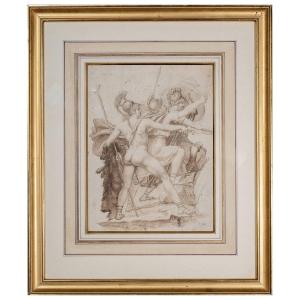









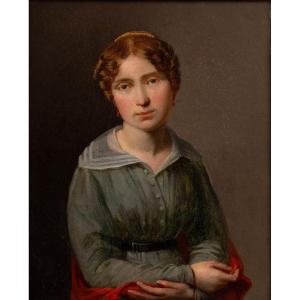


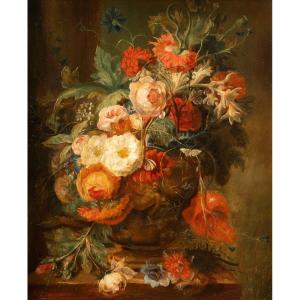

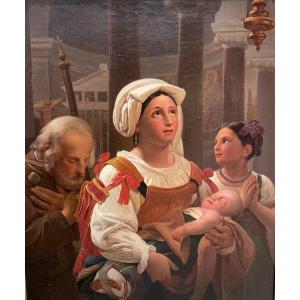

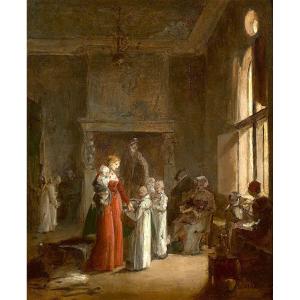




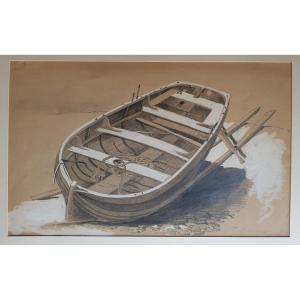



 Le Magazine de PROANTIC
Le Magazine de PROANTIC TRÉSORS Magazine
TRÉSORS Magazine Rivista Artiquariato
Rivista Artiquariato